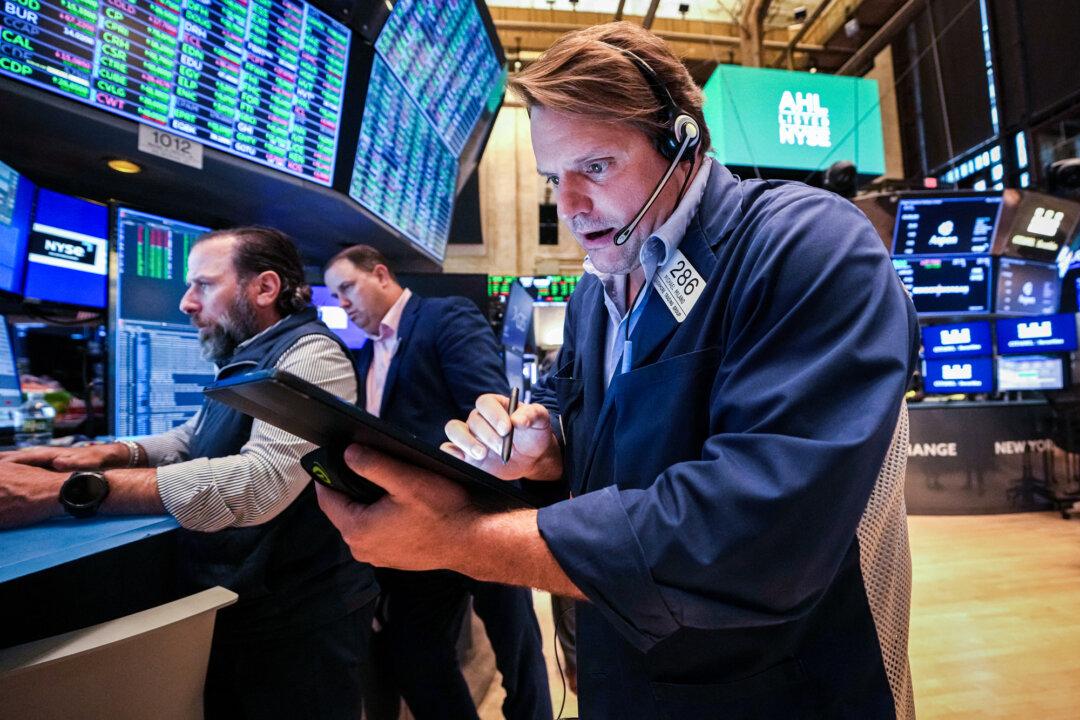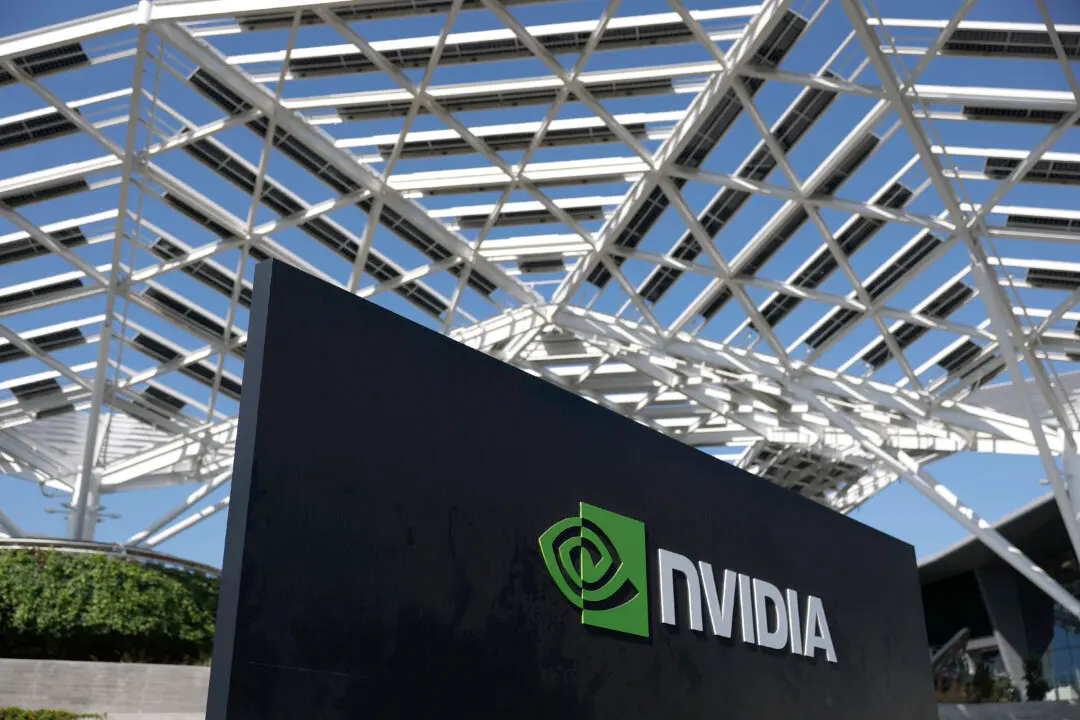America’s equity markets are experiencing a dearth of new companies coming to market, with the result that stock market investors are increasingly concentrating their money in established, large-cap companies.
The past several years of solid stock market performance and historically high valuations for publicly traded U.S. companies would normally have brought a flood of new companies raising capital through initial public offerings (IPOs) of shares, a March report by Russell Investments states. But new issuance has thus far been anemic.





